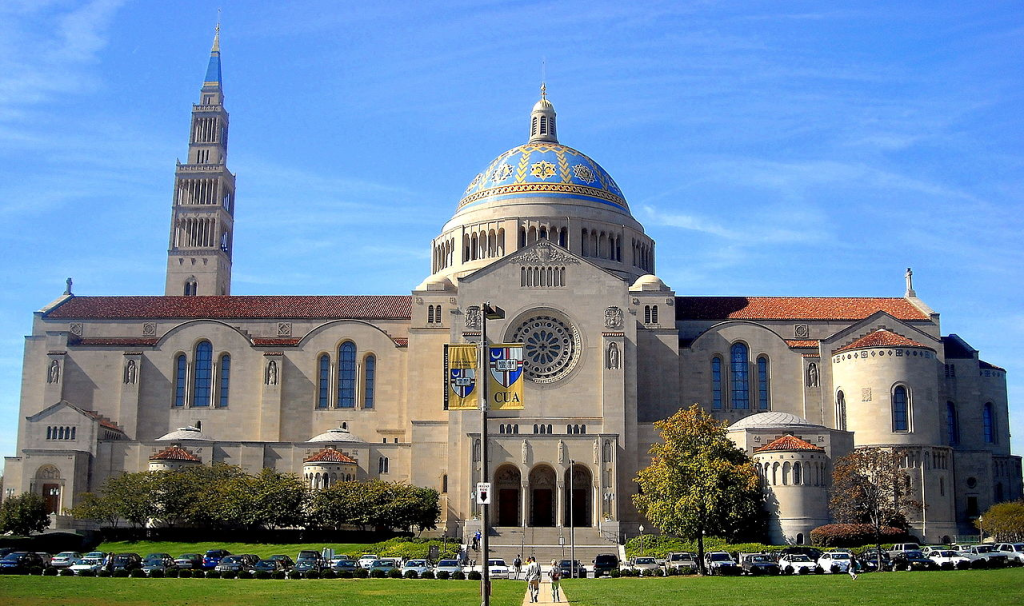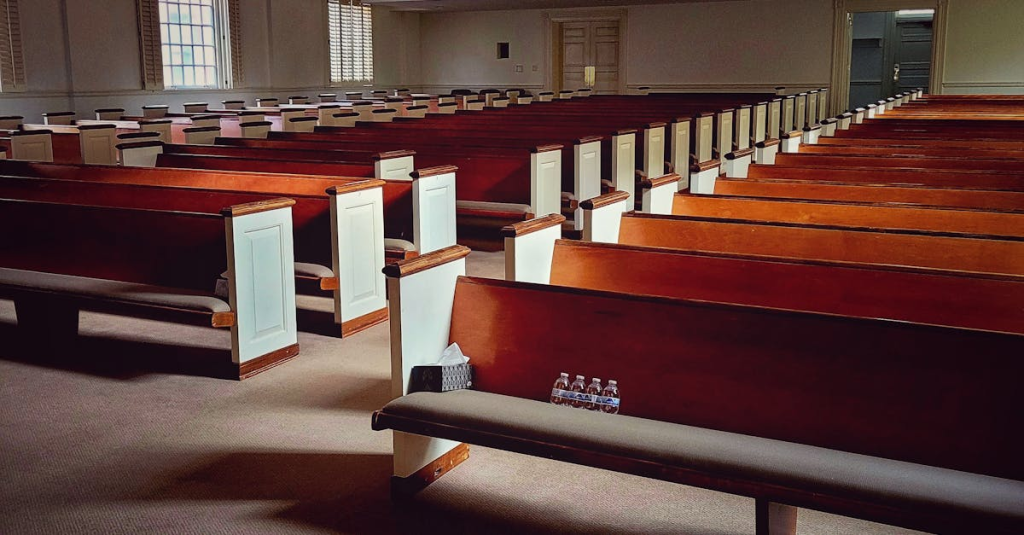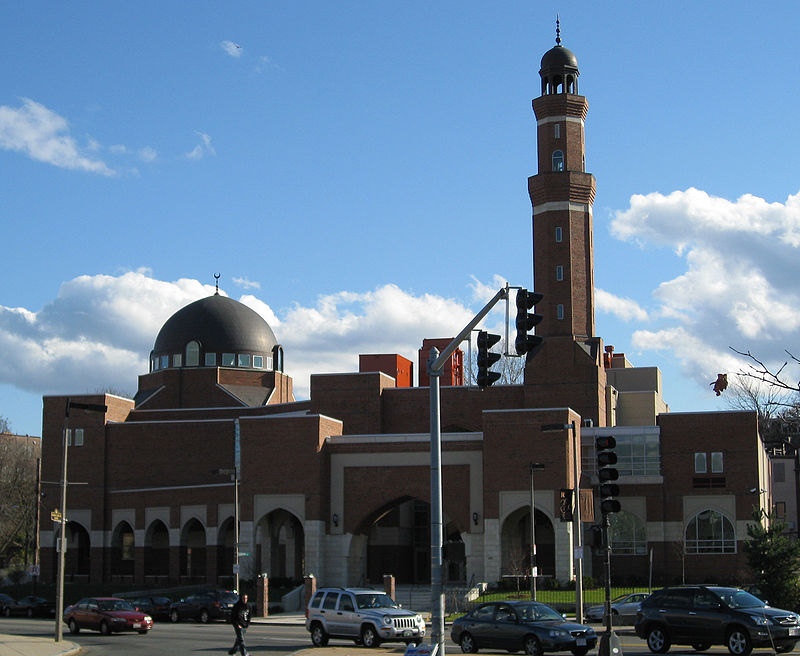
What happens when the center of religious gravity in a nation begins to shift? Or, in more concrete terms, what happens as the enduring Christian majority in the United States begins steadily to erode, while Islam and the religiously unaffiliated gain ground? It is more than a matter of numbers it’s a transformation with deep cultural, generational, and spiritual implications.

From about 90% some five decades ago, the share of Christian Americans has shrunk to 62% and may fall below half by 2070. Meanwhile, Islam-while still a small minority is also growing at a surprisingly fast clip due to immigration, demography, and even conversions in such unlikely places as prisons. Yet all the while, the “nones” are changing the face of religion and making faith an increasingly individual experience, independent of traditional religious structures and obligations.
This listicle chronicles the seven dominant forces behind these shifts, marrying demographic data, expert insight, and grassroots stories to light up the ways in which America’s religious future is being rewritten.

1. The Christian Shrinkage
According to the Pew Research Center, Christians now make up 62% of Americans, compared with roughly 90% in 1970. If trends continue, that could drop further still, to 46%, by 2070. Pastor Brent Madaris says this should be “an urgent call for church renewal,” citing a lack of doctrinal depth and a diluted identity via syncretism. The decline is more pronounced among younger generations, with retention rates falling sharply-only 66% of those in their 30s who were raised Christian identify as such, compared with 80% among those born in the 1980s. The generational momentum is such that fewer parents raise children in Christian homes, which accelerates the slide.

2. Islam’s Rapid Growth
Still at four million adherents, Islam is a minority religion in the U.S. but is growing steadily. Between 2010 and 2020, the number of mosques in the United States increased 31%, from 2,106 to 2,769, while about 1,500 Christian churches closed. Pew cited Islam’s younger median age, 35 versus 54 for Christians, and higher fertility rates as key drivers. Immigration adds further impetus: Muslims are among the fastest-growing religious groups in the world, with their numbers growing by 347 million between 2010 and 2020. Demographic advantages like these position Islam for sustained growth in the U.S.

3. Conversions Behind Bars
Prisons might well be the last place one would look for an engine of Islamic growth. According to a CBS report, tens of thousands of inmates are turning to Islam every year. Rami Nsour with the Tayba Foundation estimates that of the 13,000 inmates his group has served, about 90% came to Islam while behind bars. Many converts say it’s the structure of the religion-five daily prayers, well-defined moral boundaries-and a sense of spiritual freedom even within confinement. Fears of radicalization have little basis in fact, says Nsour; violence linked to prison conversions is rare. And for many converts, like Muhammad Amin Anderson, the faith stays with them long beyond their incarceration, carrying them into the community as educators and role models.

4. The Rise of the ‘Nones’
Religious unaffiliated Americans-that category that contains self-described atheists and agnostics, but also those who select “nothing in particular”-now comprise roughly 28 percent of the population. This group of religiously unaffiliated Americans keeps growing due to generational switching, wherein successive cohorts of Christian-raised Americans become less likely to keep that identity, but unaffiliated identity has become “stickier.” By 2070, under high-disaffiliation scenarios, ‘nones’ could make up a slim majority. Most believe in some kind of higher power, but 90 percent seldom or never attend services. Civic engagement among ‘nones’ is generally lower, especially in the “nothing in particular” subgroup, although atheists and agnostics often match or exceed religiously affiliated Americans in participation.

5. Generational Transmission Breakage
Adding it all up, the rate of religious transmission remains very high-more than 80% for Christian mothers-but the consequences of failed transmission are far greater for Christians simply because they represent a larger group. Whereas fewer and fewer Christian parents are successfully passing on the faith, more and more children grow up unaffiliated; this feeds the population known as ‘nones’. This erosion is further compounded by cultural shifts, declining trust in institutions, and the association of Christianity with conservative politics-an association which some scholars claim drives younger liberals away.

6. Cultural Conflict and Shifting Values
An increasing percentage of Americans-58% in 2025-say their religious beliefs conflict with mainstream culture, up 16 points since 2020. White evangelicals report the highest level of conflict at 80%. Yet even as Christianity might be losing ground, 59% of Americans still hold a positive view of religion’s role in society. The oldest adults, and Republicans, remain the most supportive. But when it comes to truth claims, views remain highly divergent: 48% say many religions may be true, while 26% believe only one is true, and 24% see little or no truth in any religion. Such attitudes influence how faith communities engage in broader cultural debates.

7. Youth Ministry and Spiritual Formation Gaps
People like Rev. Harold Masback point to the fact that churches are not ministering to the youth; this has brought about a decline both in religious affiliation and in adolescent well-being. Most of the youth programs lack spiritual profundity. The major concentration is on entertainment. The National Commission on Children at Risk isolated one important key to youth flourishing: “Authoritative Communities” that is, warm, multigenerational, spiritually nourishing environments. Masback insists that churches can be this when they are true to their calling but also warns of under-resourcing and undervaluing youth ministry, since lifelong consequences come with such neglect in faith retention and mental health.

Powerful demographic currents, cultural shifts, and institutional challenges are forging America’s religious future. Nothing is inevitable about Christianity’s decline, but reversing the tide requires a will for intentional renewal, deeper engagement with youth, and a confrontation of factors driving disaffiliation. Growth in Islam and the ‘nones,’ along with shifting public attitudes toward religion, will make the coming decades a period of profound transformation. For religious leaders and the engaged believer, this is the first step in shaping, rather than reacting to, the nation’s spiritual trajectory.


